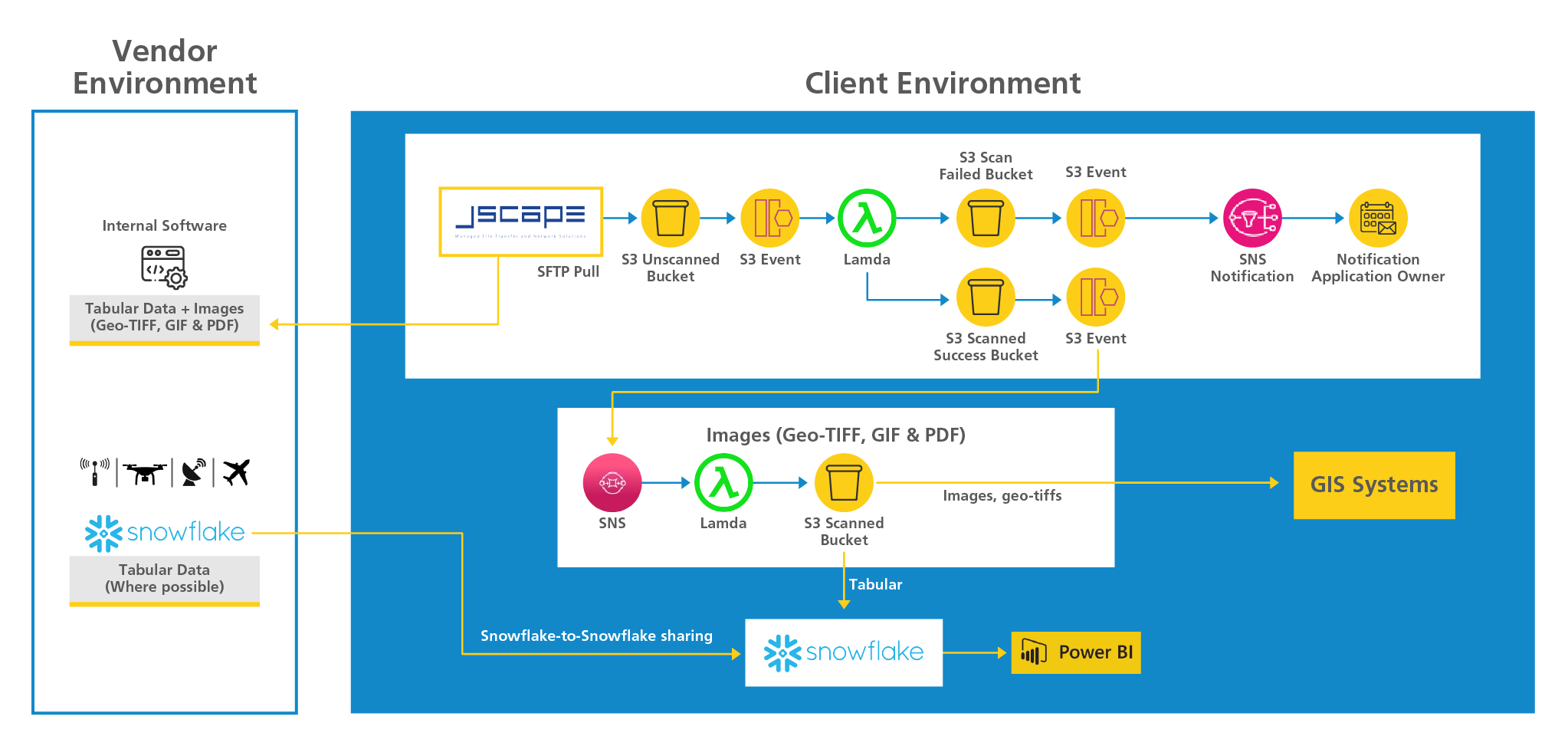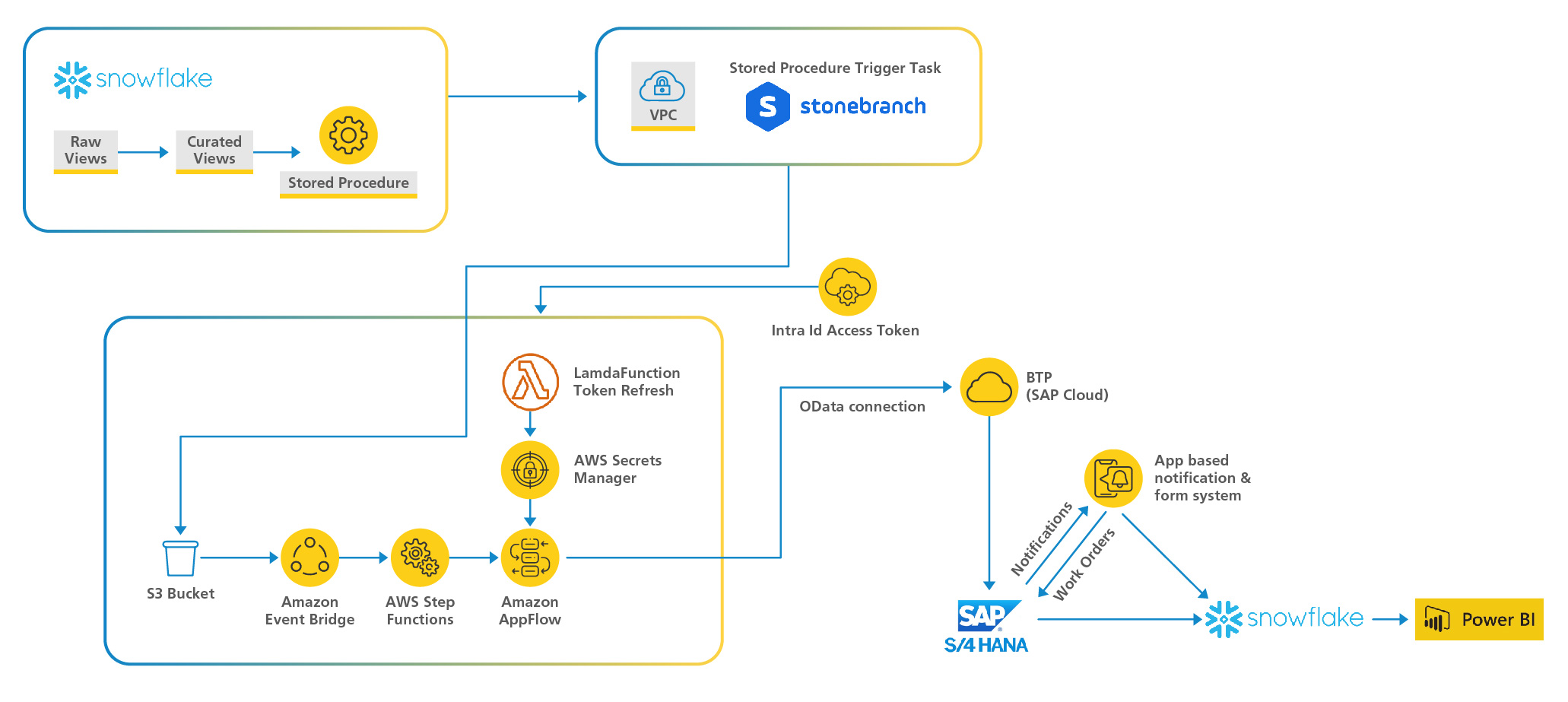The client
The client is a US-based onshore oil and gas business, known for their environmentally conscious production. They currently operate in the Permian, Eagle Ford and Haynesville basins with a focus on safely producing high-value oil and gas while reducing emissions.
The client, through its parent company, has a charter to reach net zero by 2050. One of these goals is to undertake advanced methane measurement and push towards a 50% reduction in methane intensity of operations. The client required a solution to monitor and manage methane detections in their operations.













